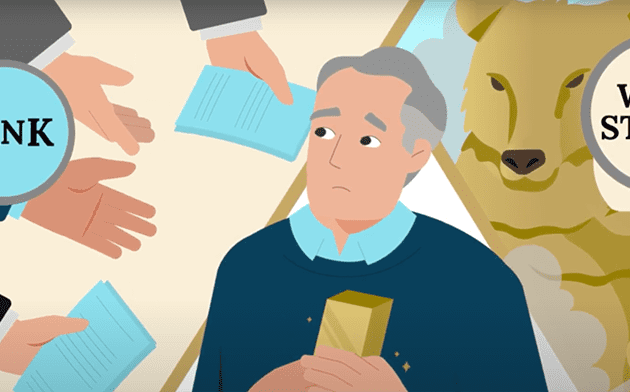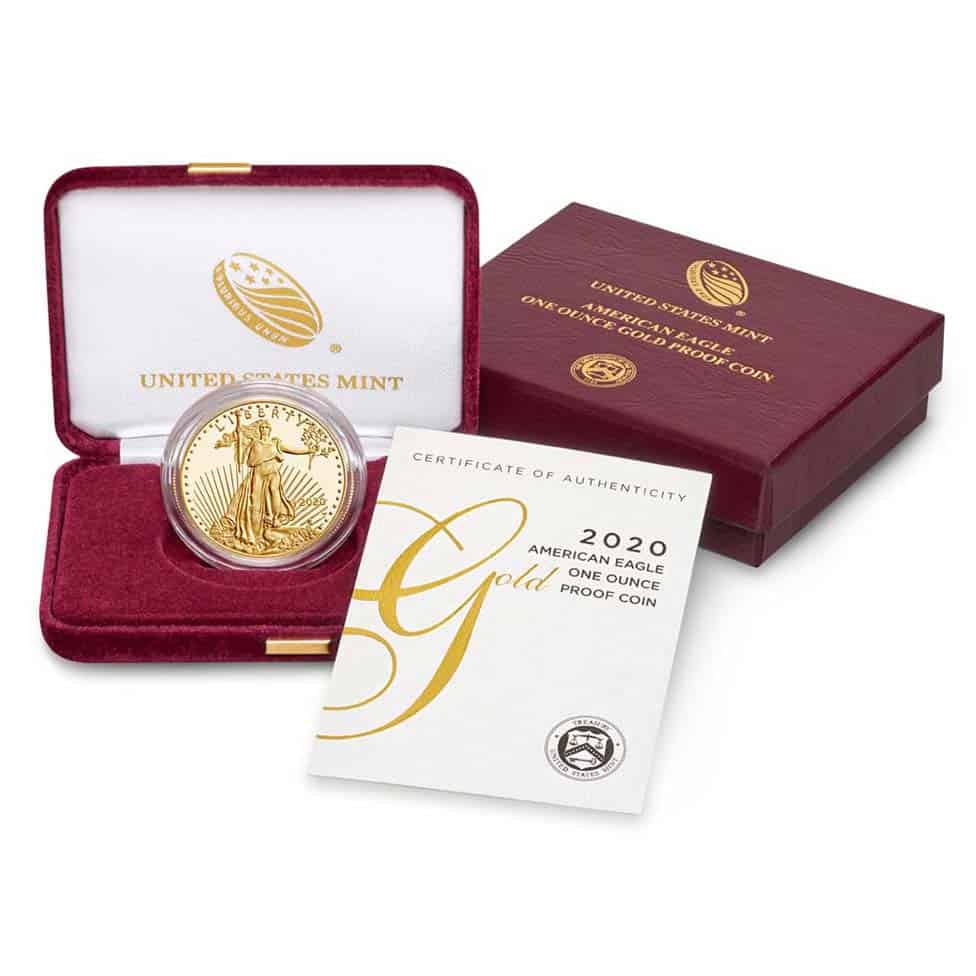Gold has been the world’s most popular defensive asset for over 5,000 years. Here’s why.
All assets, including market-based financial assets held in an IRA or a 401(k), can be volatile. There’s never a guarantee that any single asset will do well or continue doing well. This uncertainty is why people have turned to gold, which historically has hedged against volatility in financial assets, in order to protect their purchasing power. This is where gold could make sense. Let’s look at the benefits of adding precious metals to your mix of assets.
Achieve True Diversification
Time and again, gold has shown that it tends to be uncorrelated with the dollar. In other words, gold tends to go up when dollar-denominated assets experience a correction.
Protect the Purchasing Power of Your Wealth Against Inflation
The value of precious metals has historically been inversely correlated to the value (and supply) of paper currency: Gold and silver prices have increased during inflationary periods, when the dollar loses value. As the Fed continues to increase the money supply, households will have more money to spend on goods, which drives up demand and prices and causes inflation. This weakens the purchasing power of the dollar. If some of your wealth is in precious metals, you can have peace of mind because the Fed can’t print gold and debase those assets. Over long periods of time, the value of gold may outpace inflation, so with gold, your purchasing power can scale — which could be the exact opposite of your purchasing power sitting in the dollar and in many dollar-denominated assets.

Help Defend Your Wealth Against Crisis
Precious metals have been a go-to defensive asset for centuries. In fact, gold has outlived thousands of economies and currencies since the earliest record of human history! In more recent history, physical gold and silver have shown a solid record of appreciating during recessions and financial crises as people seek the safety of precious metals. So, when the US was thrown into financial uncertainty, like in 2008, gold protected the purchasing power of those who acquired the precious metal within their IRA/401(k).
Gold Is a Physical, Tangible Asset
An often-overlooked benefit of owning physical precious metals is the security of having an asset you can physically hold. In today’s technological era, banks and other financial institutions may be less secure than they used to be, which means your mainstream assets, such as bank savings, are at a higher risk of being compromised or hacked. Doesn’t it make perfect sense to have a portion of your portfolio in physical gold and silver — real and tangible assets that you can store completely inaccessible to the banking system? What’s more, the interest rates you get on your bank savings are outpaced by inflation, which means the money in your savings account could actually be losing purchasing power, not gaining it.
Gold IRAs
Planning your retirement can be stressful, but if you have a Gold IRA, you’ll feel better prepared because you know you have taken steps to hedge your savings against inflation, financial crises, and economic uncertainty. Rolling a portion of your existing IRA or 401(k) into a Gold IRA allows you to achieve true diversification for your savings and gives you an historically strong hedge against inflation and financial crises.




